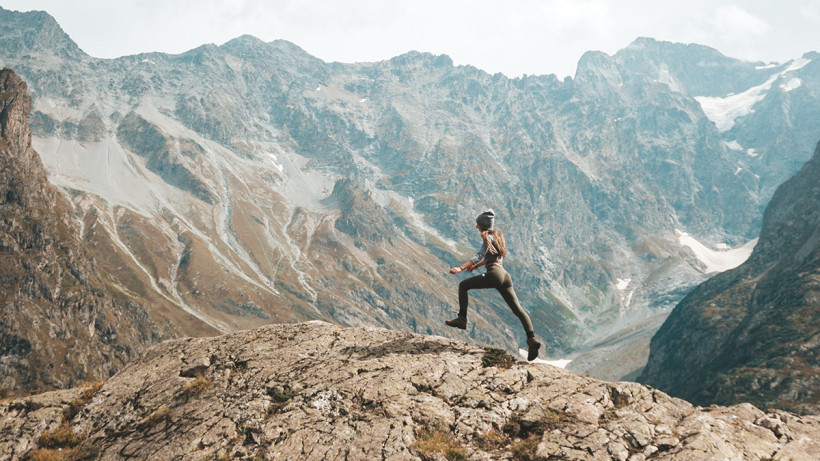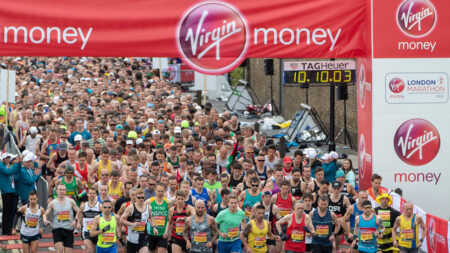Head for the hills to take your training to the next level, literally
It’s easy to underestimate just how hard hill training is when you’re not actually on a hill, and in turn, this might make you undervalue the benefits of it. It only takes a few steps up an incline, however, to remember how brutal hills can be, and anything that hard has to be doing you a lot of good, right?
- Essential reading: The best running shoes for men | The best running shoes for women
Right! Hill training is a great way for runners to improve their strength, speed and running technique. If you’re set to tackle an undulating road race or spend your winter on the cross country circuit then it’s a particularly essential part of your training, but even if you’re sticking resolutely to flat events you can still gain huge benefits from regular hill work.
For more information on the benefits of hill training and how best to go about it, we spoke to Soar running coach Ben Noad and Salomon GB athletes Donnie Campbell and Ricky Lightfoot.
How does hill training improve your running?
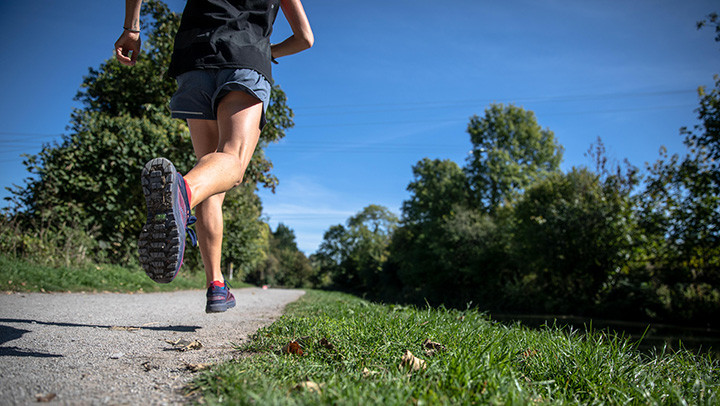
Even if you don’t count the view at the top as a benefit, which you really should, there are still loads of reasons to do hill work.
Resistance training
“Running hills or hill repeats is like resistance training,” says Lightfoot. “Going uphill your muscles are working a lot harder to keep the same speed as you would on the flat, and repeating this over time means your legs will become stronger and more efficient so you’ll not only become a better hill runner but your flat speed may also improve.”
Anaerobic metabolism
Some of the benefits of hill training change depending on how long you spend going uphill.
“Shorter hill intervals from one to three minutes are aimed more at improving your anaerobic metabolism and muscular strength,” says Campbell. “Whereas longer intervals of four minutes plus are more focused on improving your body’s lactate tolerance and muscular endurance. Both types of session will improve your running economy.”

Muscle efficiency
Boosting your running economy is a huge benefit of hill training that translates especially well to flat running.
“Hill training is really good for distance runners in particular, because we tend to get into one mode of running flat,” says Noad. “Hills force you, biomechanically, to be more efficient. You really have to drive up the hill, so it’s really good for your running technique and gaining that more explosive power, which ultimately is going to help with your pace.
- Book your next event: The best road marathons in the world
“It quickens your cadence too because it’s very difficult to try and run the same rhythm as you would on the flat up a good, steep hill.”
If you’ve ever tried to tweak your running technique or increase your cadence during a run you’ll know that it’s not the easiest thing to do. Hill training is a great way to improve your form without having to think about it.
“If you start thinking about your technique, especially when you’re doing threshold type work, it’s really difficult to focus on what you’re doing,” says Noad. “With hill running, you have no choice. You have to drive up through your glutes, and get your quads working as well.”
How often should you do it?
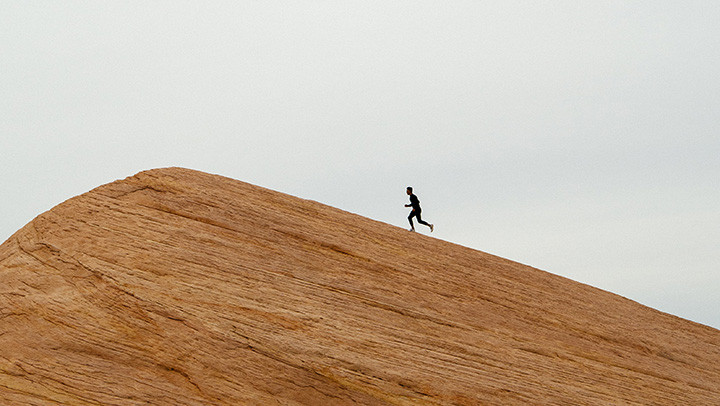
The good news is that you don’t have to be hitting the hills every day to get these benefits.
“It depends on which phase you’re in with your training, but I would definitely advocate getting on the hills once every couple of weeks,” says Noad. “You can mix it up. Look at doing tempo runs on the hills, or a straight reps session up the hill.”
How big a hill do you need?
If you live in the middle of a city then it might be a little harder to find the perfect hill for your training, but it really doesn’t have to be massive. In fact, Noad suggests that too long a hill can actually be counterproductive when you’re doing a hill reps session because your jogs back down to the bottom end up being too long.
“Sometimes the disadvantage of a long hill is that you end up having too much recovery,” says Noad. “Anything more than 80-90 seconds, in terms of a straight hill session up and down, you tend to get too much recovery. Around 50-70 seconds of uphill for distance runners is perfect.”
Should you run hard downhill as well?
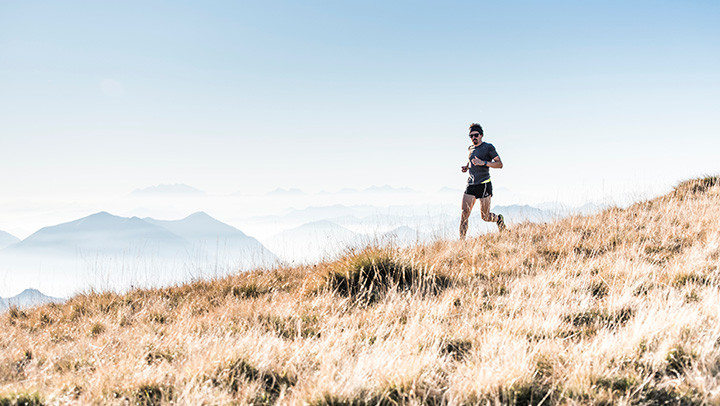
In a standard hill rep session, you’ll jog the downhills to recover, but you can do longer hill tempo runs where you maintain a good pace through the downhills. This is sometimes referred to as Kenyan hills and is a great type of training for cross country runners in particular because you’ll have to run the downs as hard as the ups when you’re racing.
“It’s about confidence as well, forcing yourself to lean slightly forward. A lot of the time runners are leaning back on downhills, putting the handbrake on. It actually puts more force through your quads and feels awful.”
Hill training techniques and tips
Donnie Campbell and Ricky Lightfoot are two of the UK’s most accomplished mountain and fell runners, so who better to ask for some advice on how to get better at running uphill?
“My best advice to runners who want to improve their uphill running technique is making time in training for deliberate practice to work on their technique,” says Campbell. “I advise athletes to do four to six-minute hill reps where the aim of the session is to run through the following coaching points for good technique to try and keep form:
Relax
“Stay relaxed. Shorten your stride so you are able to maintain a higher cadence of roughly three strides per second. Lean forward into the slope by moving your hips forward so your centre of gravity is slightly in front of you while looking slightly ahead. Use the arms and upper body to help fire the glutes to help power you up the hill, while helping to maintain a higher cadence.”
Consistency
Consistency, variety and supportive strength work are Lightfoot’s key recommendations for aspiring hill masters.
“To become better at hill running you need to have consistency in your training,” says Lightfoot. “Throwing a few hill reps in here or there won’t make you as fast as Kilian Jornet, you need to be consistent over months and years.”
Variety
“Incorporating a variety of hills into your training is also important, anything from 30-second hill repeats to longer 30-minutes-plus efforts. Of course, this isn’t easily achievable for everyone depending on where you live – but I’m sure most people have a hill nearby.”
Leg strength
“Leg strength is also important. Air squats [done without any weight] can be done in the gym or at home, single or double-legged and make a good addition to training – I do four sets of 15 in the gym and add some light weight.”
Hill training sessions to try
Noad recommends three types of hill session you can look to include in your training.
Straight hill and long rep
“There’s the straight hill session, where it’s 10-15 reps, jogging recoveries. Then there’s a long rep session [around three kilometres]. Here there might be some flat involved, and you’re going up and coming back down, keeping a strong rep pace. Do three to four reps, with a recovery of three to four minutes.”
Tempo runs
“The other type is a tempo run. It’ll take around 25-30 minutes and it’s a continuous run. It’s more like a race.”
For the tempo session, you can head up and down the same hill, but if you are in a city you might find a series of roads on the same hill so you can move along the roads going up and down rather than repeating the same ground throughout the run.
This is a great session for marathon runners, who should also look to add some hill reps sessions later on in their training schedule to improve their biomechanics and boost their power.
Campbell cautions beginner hill runners from going all out in their first sessions.
“If you are just starting hill work then maybe doing six two-minute efforts with two minutes recovery – or if outside just walk back to the start for recovery – or three five-minute efforts,” says Campbell.
Once you’re more used to hill sessions you can try Campbell’s own favourite sessions, which he often does on a treadmill, so there’s no excuse for skipping this even if you live in a flat part of the country.
Donnie Campbell’s workout
“A couple of my favourite sessions are eight three-minute efforts with two minutes recovery and six 10-minute efforts with two minutes recovery, both done on a treadmill at 15% incline,” says Campbell. “The reason I like to use the treadmill for some hill rep sessions is I have to make a conscious effort to slow down by pressing a button, where if I was doing them outside and my mind started to wonder my pace might drop slightly.”
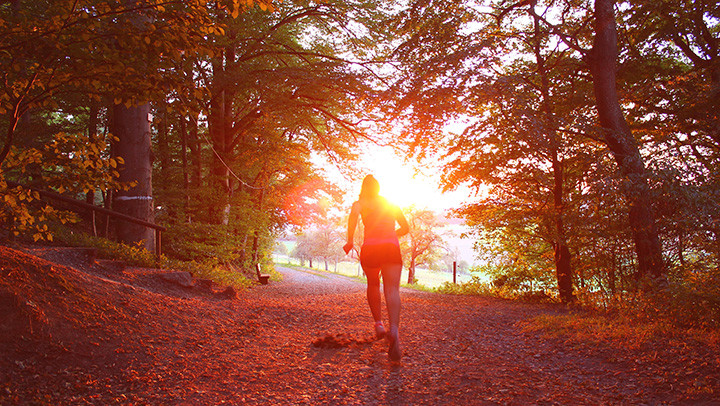
For his part, Lightfoot recommends two sessions, one on the road and one out on the fells. If you’re taking your hill reps off-road, make sure you have shoes with plenty of grip. It’ll help you get up the hill faster and avoid going back down too fast because you’ve taken a tumble.
“I try to incorporate a wide variety of hills into my training but some of my favourites are from my doorstep,” says Lightfoot. “There’s a hill which is on road close by called “Dangerous” – it’s around 45m of elevation gain in 400m. I do 15-20 reps starting the first rep at an effort I can sustain for the full session, recovery is a jog back down.
“Out on the fell I do six five-minute efforts with a two-minute jog down recovery, or if I feel I’ve recovered quicker I’ll start the next rep early.”


